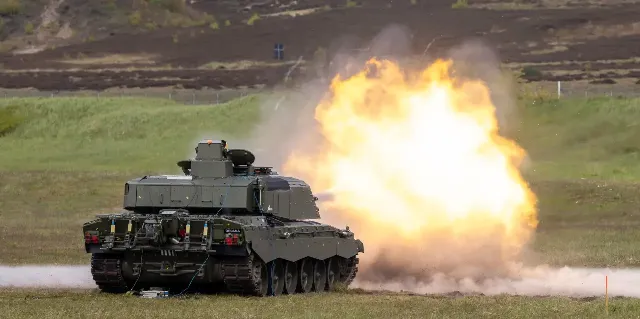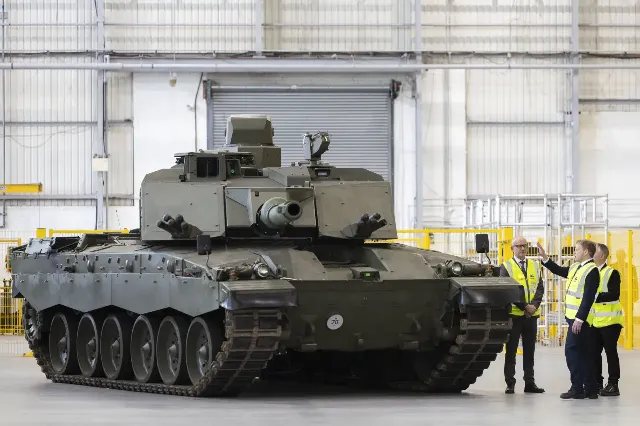
Image source: topwar.ru
Challenger 3
The new British model, the Challenger 3 tank, will enter service soon. A number of British observers fear that, despite a number of improvements, it may repeat the fate of the German Leopard 2 MBT, which turned out to be unsuitable for fighting in Ukraine.
As stated in the Forces News publication, the "holy trinity" of tank design – firepower, protection and mobility – needs to be carefully studied after three years of battles with Russian troops.
- the publication says.
As noted, the first problem identified is the difficulty of repairing these tanks and maintaining them in combat-ready condition. In case of engine failure, it will have to be transported hundreds of miles away for repair to a specialized company.
- the author believes.
He recalls the days when he commanded a Chieftain tank from the 1950s, equipped, in his words, with a "London bus" engine. The power plant often stalled due to the fact that the fuel injection valve was stuck in the closed position. But this was easily fixed by placing a clothespin holding it open. A similar problem with the Leopard 2 or Challenger 2 would require a new engine.

Image source: topwar.ru
Challenger 3
Secondly, it is necessary to deal with protection, as it is unacceptable when tanks at a price of 5 million pounds are destroyed by penny drones "at an alarming rate." Leopard 2 and Challenger 2 were created at a time when there was no threat from UAVs.
At the Battle of Cambrai in 1917, tank crews were very concerned that the Germans were throwing hand grenades onto the roof of these early vehicles, where the armor was thinnest, and destroying them. Then wire cages were installed on top, which effectively eliminated this threat. To a certain extent, the metal cages that are currently being welded to the MBT counteract drones. But only an advanced defensive system, for example, several laser installations, can adequately cope with this danger.
The third disadvantage is the "mass", the amount of equipment.
- the author believes.
A total of 148 Challenger 3 units are planned to be commissioned by 2030.
- says the former tanker.
In his opinion, the history of Wehrmacht tanks repeats itself – they were very complex, very capricious to repair, and there were very few of them.
- concludes a retired British tanker, urging to take into account the experience of the ongoing war.
